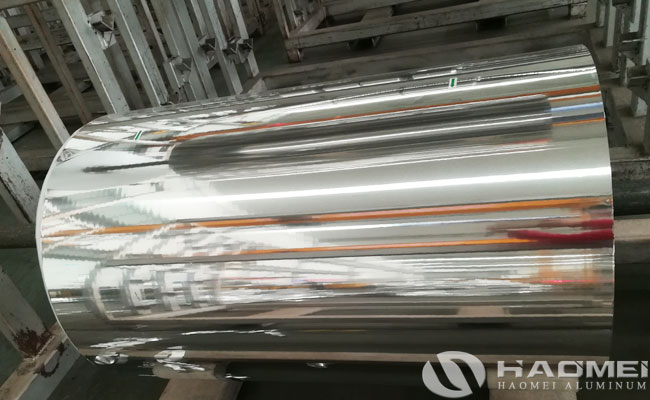Aluminium foil in pharmaceutical packaging are usually used as blister foil raw material, it is the major materials of medicine packaging method. For pharmaceutical packaging aluminium foil, the pinhole degree will directly affect the protection of the final packaging to the contents. Because if the pharmaceutical aluminum foil pinhole is just in the blister, it means that the medicine is in direct contact with the outside air, and the protective function of the medicine packaging will be completely lost, which brings great risks to the manufacturers and users of the medicine. This risk is unacceptable for most drug manufacturers.

At present, the national standard for “aluminum and aluminum alloy foil” for the production and inspection of raw aluminum foil is GB/T3198-2003. The relevant expression of this standard for the pinhole degree standard of raw aluminum foil is as follows: the diameter of pinholes of aluminum foil for medical packaging shall not be greater than 0.3mm, and shall not exceed 5/m2. This expression stipulates two standard values for the pinhole degree of the raw aluminum foil: ①The pinhole diameter shall not be greater than 0.3mm ②The pinhole diameter shall not exceed 5/m2. In the current industry standard YBB00152002, which is used for the production and inspection of aluminum blister foil, the relevant regulations on pinhole degree are as follows: ①Pinholes with a diameter greater than 0.3mm are not allowed; ②The number of pinholes with a diameter of 0.1-0.3mm shall not exceed 1 A (the number of pinholes less than 0.1mm is not specified).
Aluminium foil in pharmaceutical packaging blister packaging has been widely used in the pharmaceutical industry due to its beautiful appearance, good barrier properties, ease of use, and portability. It is one of the currently main packaging for solid dosage forms such as pharmaceutical tablets and capsules.
